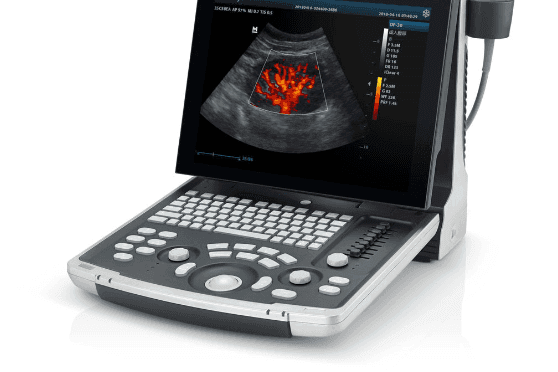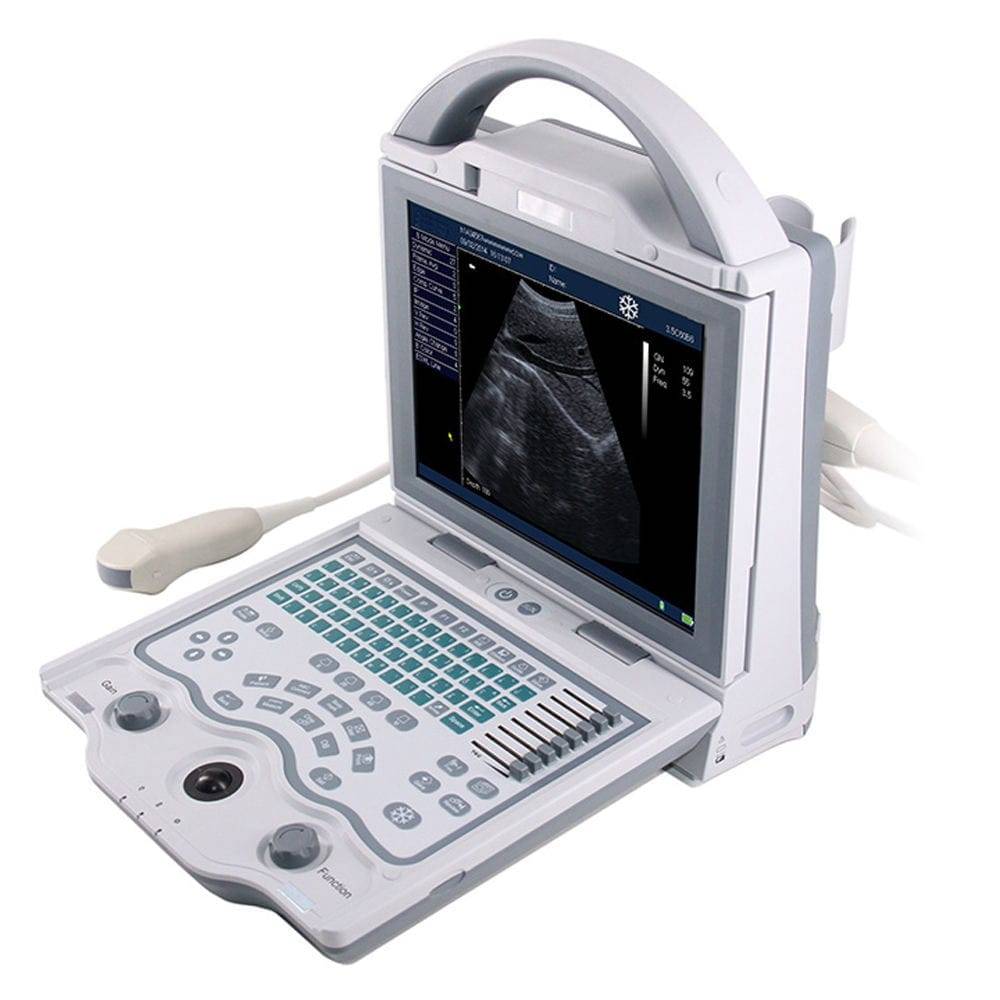Adresse
304, rue Cardinal Nord
Centre Dorchester, MA 02124
Heures de travail
Du lundi au vendredi : 7h - 19h
Week-end : 10h - 17h
Adresse
304, rue Cardinal Nord
Centre Dorchester, MA 02124
Heures de travail
Du lundi au vendredi : 7h - 19h
Week-end : 10h - 17h

Veterinary ultrasounds have become an integral and invaluable diagnostic imaging tool in modern veterinary practice. Also known as veterinary ultrasonography or veterinary diagnostic ultrasound, this technology uses high-frequency sound waves to produce dynamic visual representations of animals’ internal anatomical structures.
Veterinary ultrasounds provide real-time, non-invasive, and radiation-free imaging to accurately evaluate organs, tissues, vessels, muscles, joints, pregnancy status, and more in animals. From companion pets to large animals to exotic wildlife species, the applications of veterinary ultrasound and its benefits for guiding veterinary medicine continue expanding every year.

Once mostly used for reproductive purposes, veterinary ultrasound usage has grown tremendously with technological advancements allowing clearer image resolution, smarter image optimizations, expanded capabilities via specialty transducers, and more portable and durable ultrasound units. Some major applications include:
Abdominal
Imaging Abdominal ultrasonography is performed to assess organs like liver, spleen, gallbladder, kidneys, bladder, adrenal glands, as well as gastrointestinal tract issues, abdominal masses, fluid accumulations, and more. These insights facilitate early disease detection for faster intervention.
Cardiology
Cardiac ultrasound, also known echocardiography, serves as the gold-standard non-invasive diagnostic method for assessing heart function and screening for potential cardiovascular issues in veterinary patients. Heart health assessment guides treatment plans for common pet heart diseases.
Reproduction
Beyond pregnancy detection, échographies vétérinaires provide key fetal development monitoring, optimal timing for interventions like artificial insemination, ovulation timing, and diagnosing reproductive health issues. This aids prenatal as well as breeding management.
Musculoskeletal
MSK ultrasound helps evaluate tendons, ligaments, joints, muscles and bone surfaces for injury, inflammation, tears, degeneration and healing progress. MSK ultrasound usage in sports medicine and rehab of horses and dogs sees high growth.
Interventions
Veterinary ultrasounds serve as indispensable guidance tools for needle biopsies, fluid drainage, arthrocentesis, cyst centesis, and other minimally invasive procedures for safer interventions and reduced complications.
In addition, specialty ultrasound probes enable cardiology, laparoscopic, endoscopic and intraoperative imaging for specialized procedures. In a nutshell, veterinary ultrasound facilitates earlier disease detection for timelier interventions, less invasive procedures for reduced risks, accelerated rehabilitation monitoring, and guidance of treatment plans.

Veterinary ultrasonography offers profound clinical benefits for animal patients across companion animals, equine and livestock:
● Non-invasive, no radiation
● No need for sedation or anesthesia
● Real-time clear visualization of structures
● Affordable and portable
● Supports low-stress handling
● Unlimited repeat exams possible
● Guides interventions for improved outcomes
● Reduces risks and speeds rehabilitation
| Benefits of Veterinary Ultrasounds | |
|---|---|
| Non-invasive, no radiation | Unlimited repeat exams possible |
| No need for sedation or anesthesia | Guides interventions for improved outcomes |
| Real-time clear visualization | Reduces risks and speeds rehabilitation |
| Affordable and portable | |
| Supports low-stress handling |
The veterinary ultrasound market is poised for robust growth at a 6.4% CAGR from 2022-2030, indicating the rising awareness of veterinary ultrasound benefits spurring adoption rates. Vital growth drivers include:
This mirrors global trends of growth in pet ownership, rising disposable incomes, pursuit of advanced veterinary care, focus on earlier diagnosis, and expanding applications suited for diverse species. Portable, durable and smarter ultrasound solutions will expand adoption among veterinarians. Likewise, AI integration will assist analysis for improved precision and workflows.
In conclusion, veterinary ultrasound empowers modern animal healthcare by facilitating earlier disease detection for faster interventions, guiding targeted procedures for reduced risks, enabling low-stress handling, monitoring healing and rehabilitation progress, among many other benefits to significantly improve quality of life and longevity.
Technological advancements will expand ultrasound applications across diverse species and use-cases along with smarter solutions and portability to reach wider veterinary healthcare networks globally. Veterinary ultrasound adoption will therefore continue flourishing as an indispensable tool guiding cutting-edge diagnosis and treatment decisions for small and large animal patients alike.
About Veterinary Ultrasonography Here are answers to some common questions about veterinary ultrasounds:
Are ultrasound procedures painful for animals?
No. Veterinary ultrasound exams are completely painless in most all cases, using a smooth handheld probe gently glided across skin with ultrasound gel. It’s a very safe and low-stress procedure.
What animal patients can have ultrasound imaging?
Veterinary ultrasound is widely used for dogs, cats, horses, livestock species, zoo animals and exotic pets like reptiles and birds. Customized probes and exam protocols suit different species as well as purposes like cardiology, abdominal, reproduction etc.
Does ultrasound pose any health risks to animal patients?
No, veterinary ultrasound technology uses non-ionizing radiation and very low acoustic power, so repeated exams pose negligible risks to animal health compared to other modalities. This makes it extremely safe for frequent use.
Why choose ultrasound instead of X-rays, CT scan or MRI?
Ultrasound provides unique real-time dynamic imaging without radiation. It’s more affordable and accessible than CT or MRI scans while facilitating detailed views of soft tissues not visible on X-rays – ideal for abdominal, reproduction, heart, MSK and more.
How are 3D/4D ultrasound capabilities used in veterinary medicine?
3D/4D ultrasound allows even more detailed evaluation with life-like depth for specialized exams like identifying heart anomalies, assessing fracture risks, guiding brain biopsies, detailed pregnancy monitoring and more. These capacities continue advancing.
With ever-expanding capabilities and applications, veterinary ultrasound is truly revolutionizing modern animal patient care and outcomes. This vital imaging tool will continue serving veterinarians in optimizing animal health and wellbeing.